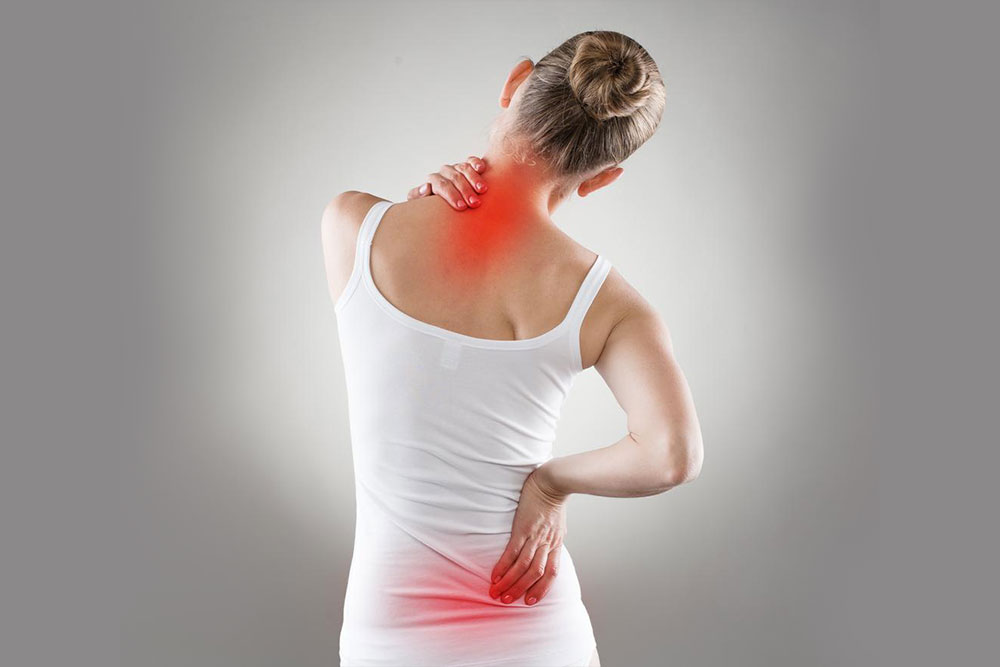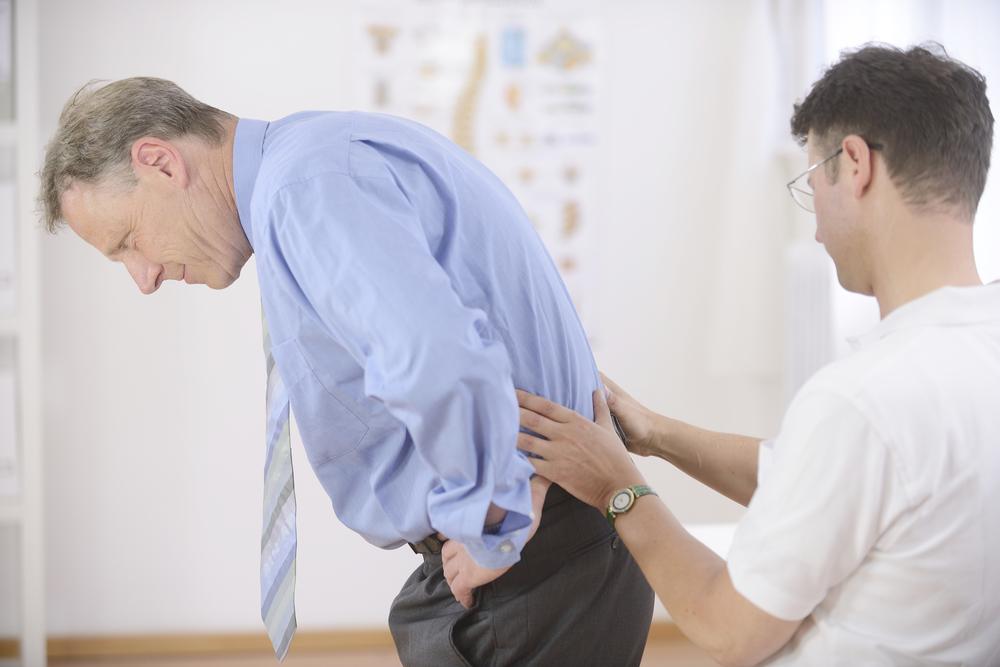Comprehensive Guide to Osteopenia: Recognizing Symptoms, Understanding Causes, and Effective Prevention Methods
Osteopenia is a precursor to osteoporosis characterized by declining bone density. This comprehensive article covers its symptoms, causes, diagnosis, and prevention strategies. It emphasizes lifestyle changes, nutritional support, and medical interventions essential for maintaining bone health. Early detection through routine screening is vital, especially for at-risk individuals. Learn how to recognize early signs, understand underlying causes, and adopt practical measures to preserve bone strength and prevent fractures. Maintaining strong bones is crucial for quality of life, especially as we age.

Comprehensive Guide to Osteopenia: Recognizing Symptoms, Understanding Causes, and Effective Prevention Methods
Osteopenia is a condition characterized by a gradual reduction in bone mass, which leads to bones becoming weaker and more susceptible to fractures. It is often considered a precursor to osteoporosis, a more severe bone disease. While osteopenia can occur at any age, it is most commonly observed among older adults due to natural aging processes. Recognizing the early signs of osteopenia, understanding its underlying causes, and implementing effective prevention strategies are crucial steps in maintaining optimal bone health and preventing the progression to osteoporosis.
The importance of bone health cannot be overstated, especially as the risk of fractures significantly increases with weakened bones. The condition’s silent progression means many individuals remain unaware of their deteriorating bone quality until it manifests through symptoms like height loss or fractures. This comprehensive guide aims to equip readers with detailed knowledge about osteopenia, including how to identify its symptoms early, understand the causes, and adopt lifestyle changes and medical strategies for effective management.
Identifying Symptoms and Signs of Osteopenia
One of the challenges with osteopenia is that it typically presents without noticeable symptoms in its early stages. The process of bone deterioration happens gradually and quietly, which makes regular screening essential, especially for at-risk populations. However, as the condition progresses, some physical signs can indicate declining bone density. It’s vital to be aware of these indicators to seek early diagnosis and treatment.
**Early-Stage Osteopenia:** In its initial phase, osteopenia is often asymptomatic. Many individuals do not experience any overt warning signs, making routine bone density scanning (DEXA scans) critical for detection. However, subtle changes may occur, including minor reductions in bone strength that are not immediately apparent.
**Advancing Osteopenia:** As bone mineral density declines further, several noticeable symptoms may develop:
Decreased Bone Density: Bones become more fragile, increasing the risk of fractures even from minor trauma.
Height Reduction: Due to vertebral deformities or collapse, some individuals may notice a loss of about an inch or more in height over several years.
Postural Changes: A stooped posture or kyphosis (hunched back) may develop as vertebral bones weaken.
Increased Fracture Risk: Fragility fractures commonly occur in the hips, wrists, spine, and pelvis after minor falls or stresses.
How Doctors Diagnose Osteopenia
Diagnosing osteopenia involves a combination of medical history review, physical examination, and specialized testing. Healthcare professionals primarily rely on bone density scans to assess bone health accurately.
**Bone Density Testing (DEXA Scan):** This non-invasive procedure quantifies the mineral content in bones, providing a T-score that indicates the severity of bone loss. A T-score between -1.0 and -2.5 confirms osteopenia, whereas scores below -2.5 suggest osteoporosis.
**Assessing Risk Factors:** Doctors also evaluate other risk factors such as age, gender, family history, lifestyle habits, and any existing medical conditions that might influence bone health.
Understanding the Causes of Osteopenia
The development of osteopenia is multifactorial. It involves a combination of genetic, hormonal, lifestyle, and health-related factors that influence bone mineral density (BMD). Recognizing these causes helps in effective prevention and management.
**Hormonal Fluctuations:** Hormones such as estrogen and testosterone play a critical role in maintaining bone density. Female hormonal declines during menopause significantly increase the risk of osteopenia and osteoporosis. Similarly, thyroid imbalances and cortisol excess can adversely affect bones.
**Sedentary Lifestyle:** Lack of physical activity reduces mechanical stress on bones, leading to decreased bone formation. Regular weight-bearing exercises are vital for stimulating bone growth and strength.
**Nutritional Deficiencies:** Insufficient intake of calcium and vitamin D impairs the body's ability to maintain or rebuild bone tissue. Calcium-rich foods and adequate vitamin D levels are crucial for optimal bone mineralization.
**Chronic Health Conditions:** Conditions like rheumatoid arthritis, gastrointestinal disorders affecting nutrient absorption, diabetes, and thyroid diseases can impair calcium absorption or promote bone loss.
**Genetic Predisposition:** A family history of osteoporosis or osteopenia suggests a genetic component that influences individual skeletal health based on hereditary factors.
Effective Prevention and Management of Osteopenia
Though there is no definitive cure for osteopenia, adopting proactive measures can greatly reduce its progression and improve quality of life. The combination of lifestyle modifications, nutritional support, and medical treatments forms the cornerstone of effective management.
**Lifestyle Changes:** Engaging in regular weight-bearing and resistance exercises, such as walking, jogging, dancing, or strength training, stimulates bone formation and increases bone density. Incorporating activities like stair climbing, hiking, and yoga can also help strengthen bones.
**Optimized Nutrition:** Ensuring an adequate intake of calcium-rich foods such as dairy products, leafy green vegetables, nuts, and fortified foods is essential. Vitamin D supplementation, either through diet or sun exposure, helps improve calcium absorption.
**Supplements and Medications:** In some cases, doctors may prescribe medications like bisphosphonates, hormone therapy, or other agents to prevent further bone loss. Always consult healthcare professionals for tailored treatment plans.
**Managing Stress and Hormonal Balance:** Stress management techniques like meditation, deep breathing, and mindfulness aid in hormonal regulation and reduce cortisol-related bone degradation. Maintaining sufficient sleep and hydration are also vital.
**Regular Screening and Monitoring:** Routine bone density assessments help evaluate the effectiveness of interventions and adjust treatment plans accordingly.
In conclusion, osteopenia is a silent condition that can significantly impact quality of life if left unmanaged. Early detection through routine screening, understanding its causes, and adopting effective prevention strategies—including lifestyle modifications and, when necessary, medical treatments—are crucial steps in preserving bone health and preventing the progression to osteoporosis. Maintaining a balanced diet, staying physically active, and consulting healthcare professionals regularly foster strong bones for healthier aging.





